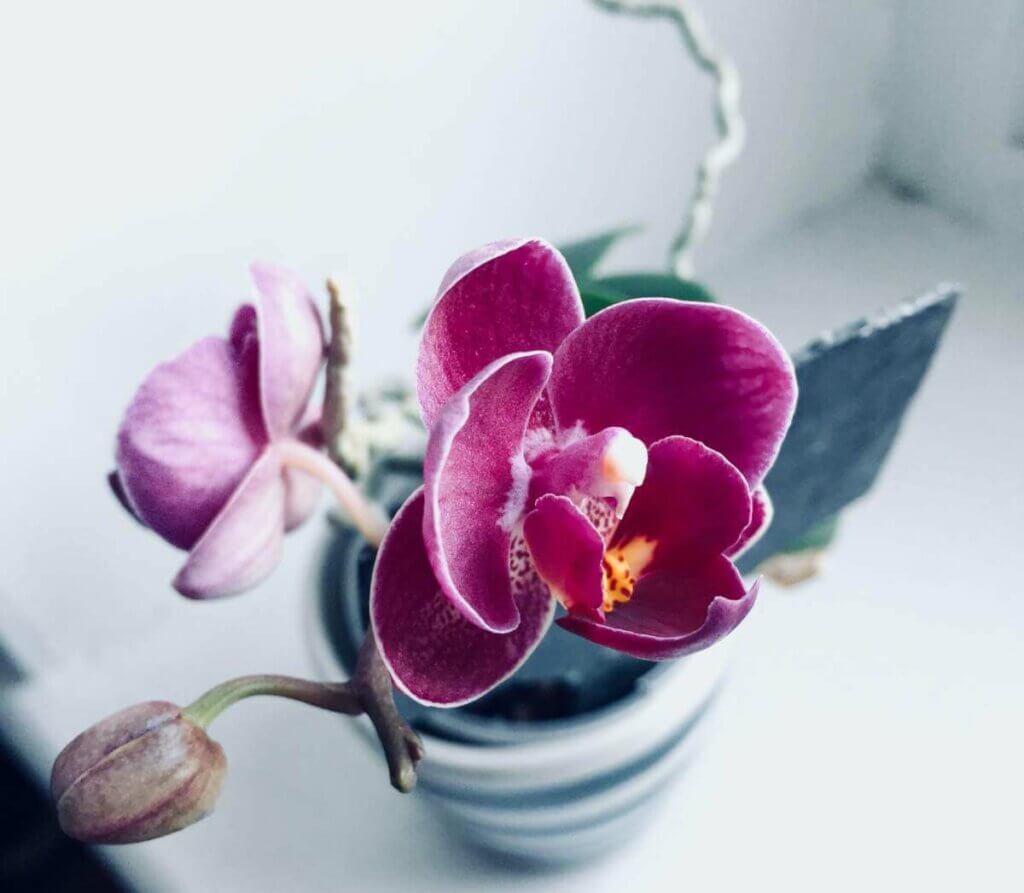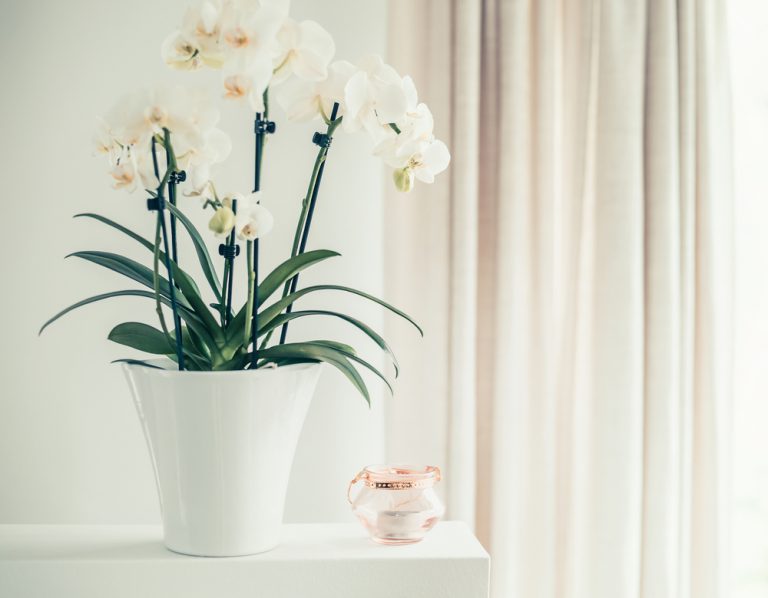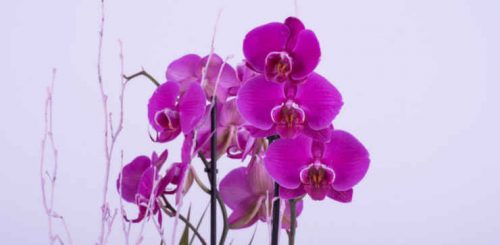Like Orchids? Learn How to Take Care of Them

Whether you’re a plant or a cactus lover, you probably like orchids. The problem is the belief that they’re very delicate. Although there is some truth to this, in reality, the problem is often that people just don’t know how to take care of their orchids properly.
To demonstrate this and show you how you can enjoy their beauty, below you’ll find a basic guide to learn how to distinguish the different types, the environment they need, and how to coax out that radiant glow that’s so striking. Get out your gardening equipment because it’s time for some contact with nature.
Different types of orchids

In order to take proper care of orchids, you have to know what group each belongs to since each kind needs different care. Although there are many different types, it’s important to know at least some of the most common so you can easily tell them apart.
Cymbidium
Cymbidium orchids are one of the most admired due to their shape, color, and smell. They’re native to the equatorial climates of Australia, Africa, and Asia. One of their peculiarities is that they can grow naturally as terrestrial plants – something rare among their species. Their leaves are perennial, which makes them popular.
Dendrobium
This species is also common thanks to its white flowers. These grow in two different places: in the first case, the flowers are distributed along the stem and, in the second, a small floral rod grows at the top of the stem, and the flowers bud from here. They’re usually white, pink, violet, or yellow.
Phalaenopsis
These are the most common and you can find them in any nursery. They’re often given as gifts on special occasions. The flower has a beautiful butterfly shape and they have lovely color combinations. The leaves of the plant are large, fleshy, and an intense green color.
Vanda
Without a doubt, these are some of the most fascinating orchids. In their natural habitat, they usually grow to a huge size. They nourish themselves with the moisture and dissolved nutrients that their aerial roots receive. Most are epiphytes (they live on other plants or trees that they use as support) although some also grow on rocks.
Now that you know about a few species, here are some tips to help you take care of your orchids and keep them healthy and beautiful.
Where to put orchids

- Orchids need a lot of light but, with a few exceptions, never direct sunlight. We recommend placing them near windows, on balconies, or in indoor patios where the sun’s rays don’t hit them directly.
- Avoid drafts, although air circulation is important.
- Be careful with excessively dry environments and, above all, with heating in winter. Keep them away from radiators and any heat source.
- Humidity should be between 35 and 40%. Inside, one way of conserving this degree of humidity is by placing them next to other plants. Also, putting a plate under them with gel beads or clay balls can be very effective, as long as these don’t touch the roots.
How to water orchids

- It’s best to use soft water with low mineral content. If you live in a hard water area, it’s better to use bottled water or water treated with reverse osmosis.
- Leave enough time between each watering to allow the underlying soil to dry out. One trick is to look at the color of the roots. White roots indicate a lack of water; if they’re green, it means that they have sufficient moisture.
- Another important point is to avoid letting the base soil or the base of the leaves become waterlogged. Therefore, good drainage is essential. Without this your orchids could end up rotting due to an accumulation of bacteria and fungi.
- The immersion watering method is recommended.
- It can also be a good idea to spray them with mist, especially in dry seasons.
To sum up; if you like orchids, don’t be intimidated – they’re a great way to decorate your home. However, before buying these plants, it’s important that you learn to take care of them so that they can stay healthy.
You’ll see how good they look in your living room, in the hall or on your patio. They’re also ideal to add a little color and warmth to your work space.








